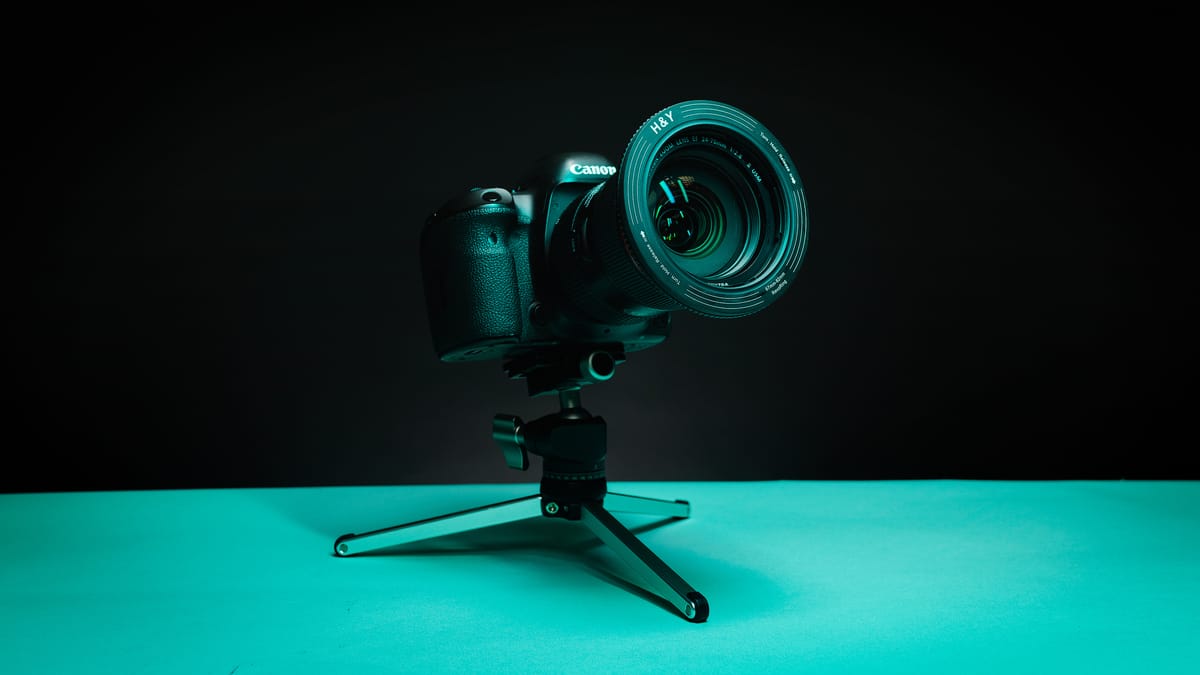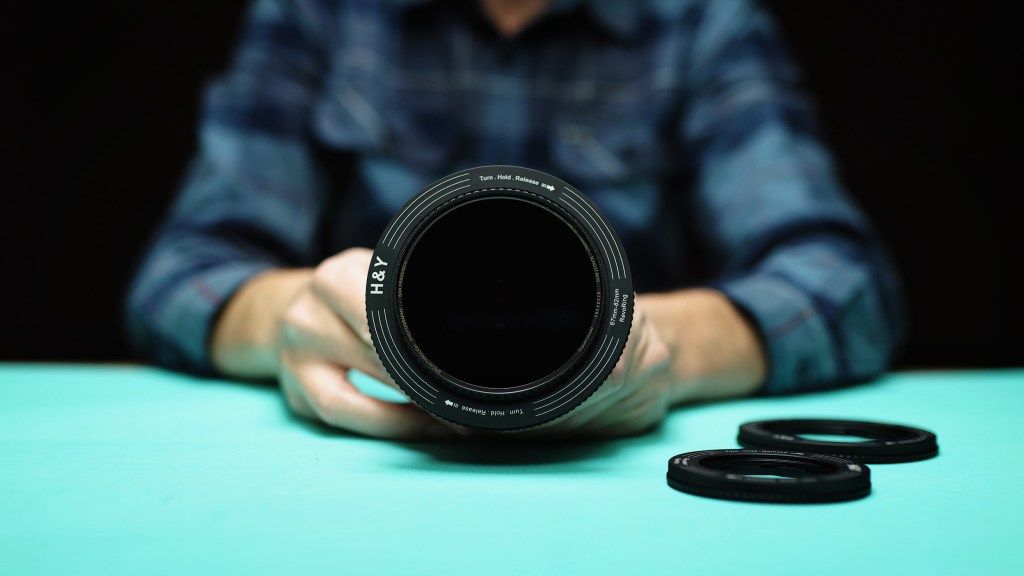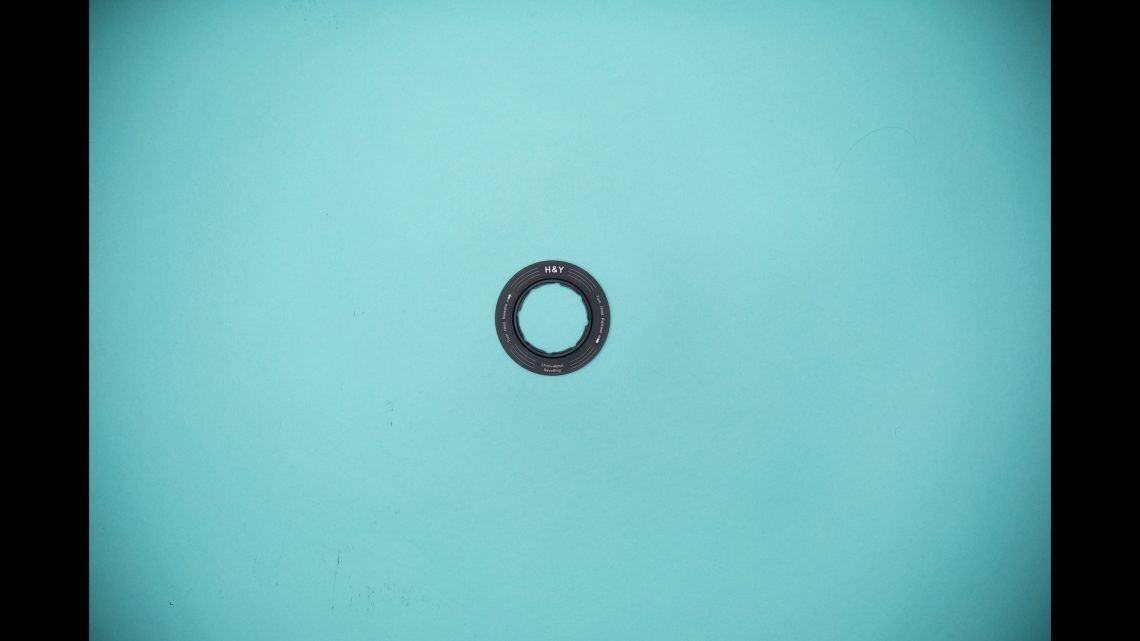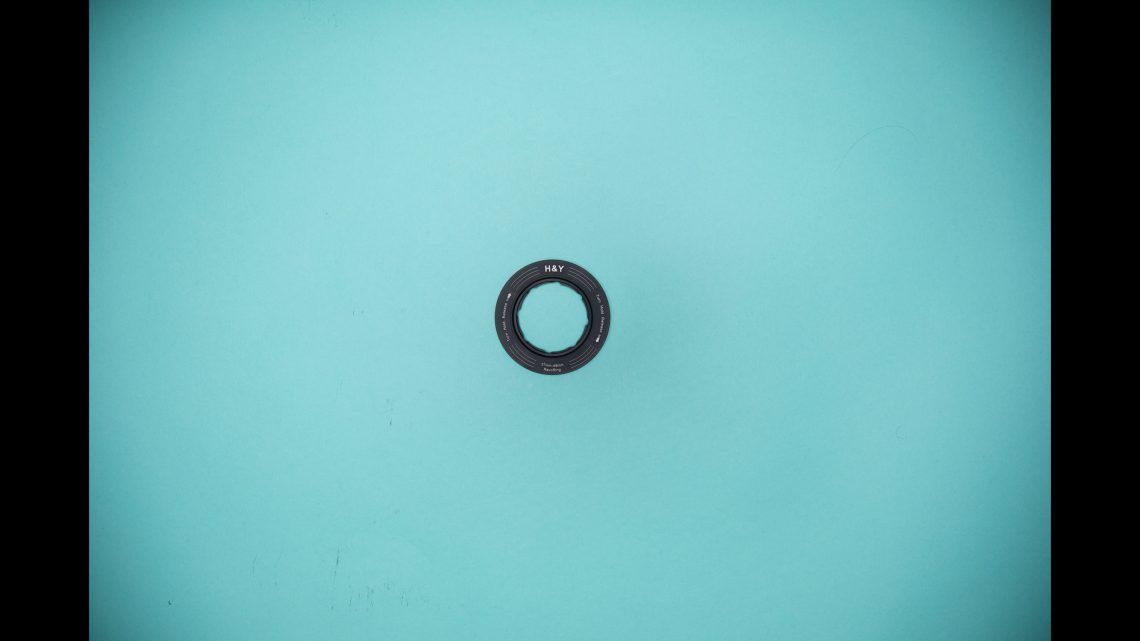H&Y Revoring review: the end of step-up rings?

For years, photographers and filmmakers have used step-up rings to mount large filters on smaller lenses because buying one, large filter and a set of step-up rings is cheaper than buying multiple sizes of the same filter.
Step-up rings save money, but otherwise? They pretty much suck. Step-up rings frequently get stuck to lenses, filters, and each other. They’re also small, thin, and incredibly easy to lose.
Today in 2021 however, there is a new, innovative option for mounting filters: the Revoring.
What is the Revoring?
The Revoring was launched by H&Y Digital on Kickstarter in the Summer of 2020. Within ninety minutes, the Revoring reached its funding goal of $10,000; eventually raising over $600,000 to become one of the highest funded, most successful photography accessories in Kickstarter history.
The Revoring’s success was due to its clever design. Utilizing a simple twist and release mechanism, filters can be attached to lenses with different diameters quickly and easily. No rings, no threading, no stickiness.

There are multiple Revorings — five sizes in fact — of which I purchased three through their Kickstarter campaign: 52mm, 67mm, and 82mm. The 52mm Revoring fits lenses with 37-49mm diameters, the 67mm fits 46-62mm, and the 82mm fits 67-82mm.
With these three Revorings I may then buy 52, 67, and 82mm filters and use those three filters on every lens I own from small, mirrorless APS-C lenses to larger, professional full-frame models.
Revoring Compatibility
You may mount any circular filter to the front of the Revoring, assuming the diameter of the filter and the Revoring are the same.

Not compatible with the Revoring however are square filter holder systems like the PolarPro Summit because the Revoring blocks the space the Summit plate needs in order to attach.
Revoring is also not compatible with Breakthrough Photography’s filter holder. Their brass mounting plate can be attached, but the holder can’t be mounted onto the Revoring.
I also tried it with the Lee Filter kit, and same story there.
The Revoring then is designed just for circular filters, not specialty filter holders like the aforementioned.
Revoring Build Quality and User Experience
What could be improved, in my opinion, is the experience of gripping and turning the ring. Two hands are needed — one gripping the non-moveable back half, the other gripping the front and twisting sideways. That twist can be difficult and unwieldy due to the Revoring always trying to twist itself back to its resting position.
As for the internal blades that expand, contract and attach the Revoring to the lens, they are made of plastic. It’s impossible to say right now (because the product is so new) how long the blades will function properly, or what will happen if grit or dirt were to become lodged inside the ring.
Overall though, the Revoring absolutely does the job of adapting larger filters to fit smaller lenses, and does so much easier than traditional step-up rings.
Vignette Testing
Vignette is a concern anytime you add something to the front of a wide-angle lens, so I tested 16mm on a Canon 16-35mm f/4 lens on a full-frame camera with the Revoring off and on. Thankfully, the Revoring does not contribute any additional vignette. The vignette seen in the image below is the natural vignette of the lens.


That said, if you’re a landscape shooter who shoots a lot of super wide-angle images, it may be worth buying thin filters at the exact size you need instead of using step-up rings — Revoring or otherwise — to ensure you don’t get any additional vignette in your images.
Final Thoughts
Overall, the main question here is whether the Revoring is an adequate substitute for step-up rings.
I don’t think the Revoring replaces step-up rings entirely, for step-up rings still offer the most flexibility at the lowest cost. However, if you primarily use lenses with similar diameters like 67, 72, 77mm and you’ve been buying larger, 82mm filters and step-up rings to use with them, then yes, a Revoring would be a usability upgrade.
If you rarely use filters however, or own a couple of lenses at most, then the Revoring may be overkill for your needs.
It really comes down to how annoyed you are by step-up rings on a scale of 1-10. If you’re tired of them getting stuck or misplacing a ring and not being able to mount a filter when you need to, then the Revoring is worth trying.
Video
The video version of this article from my YouTube channel is embedded below.
Disclosure
In full disclosure, H&Y did not send me Revorings, nor did they pay me for this article or video. I was a backer of their Kickstarter campaign.



